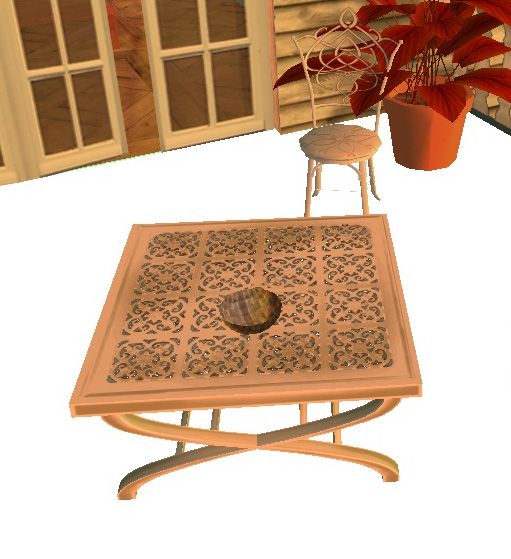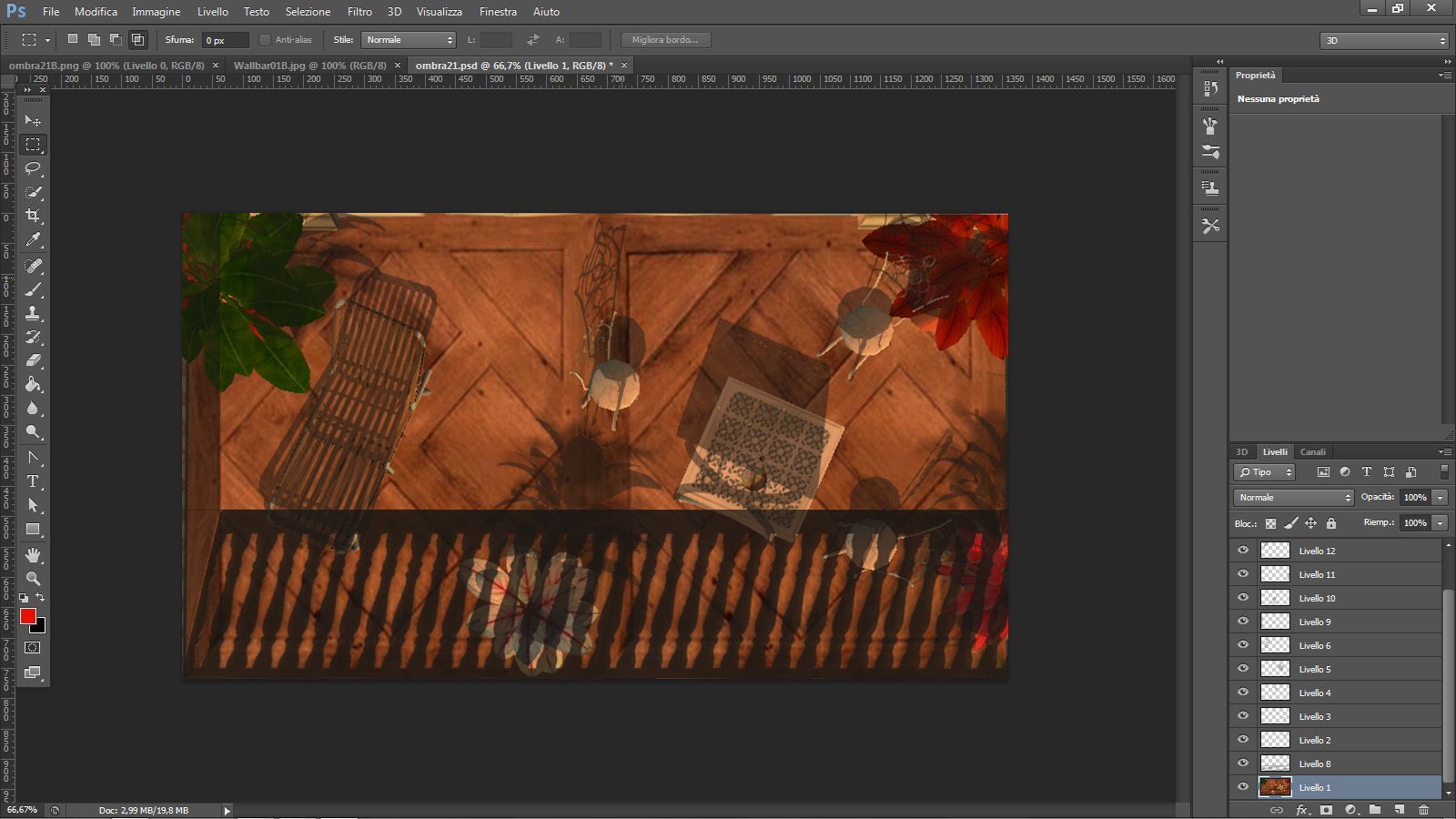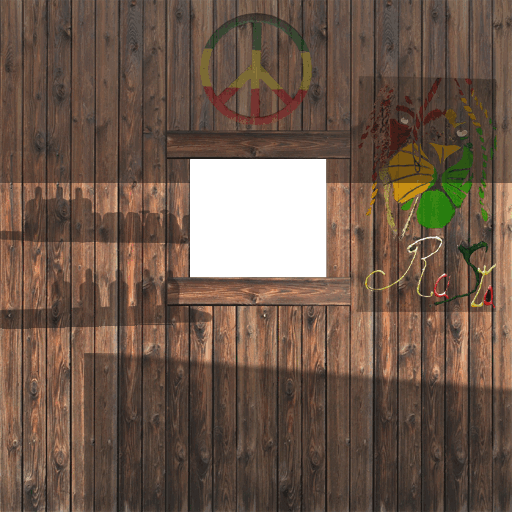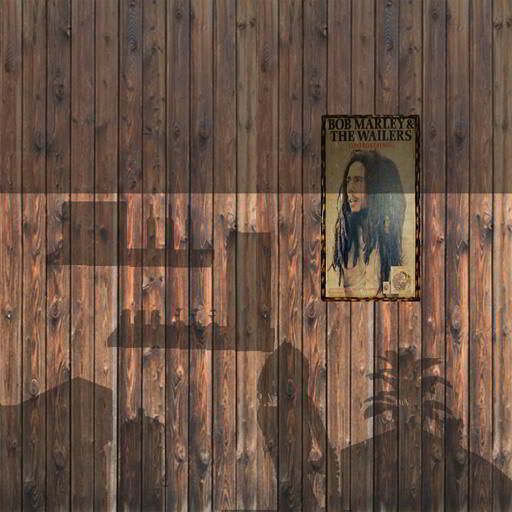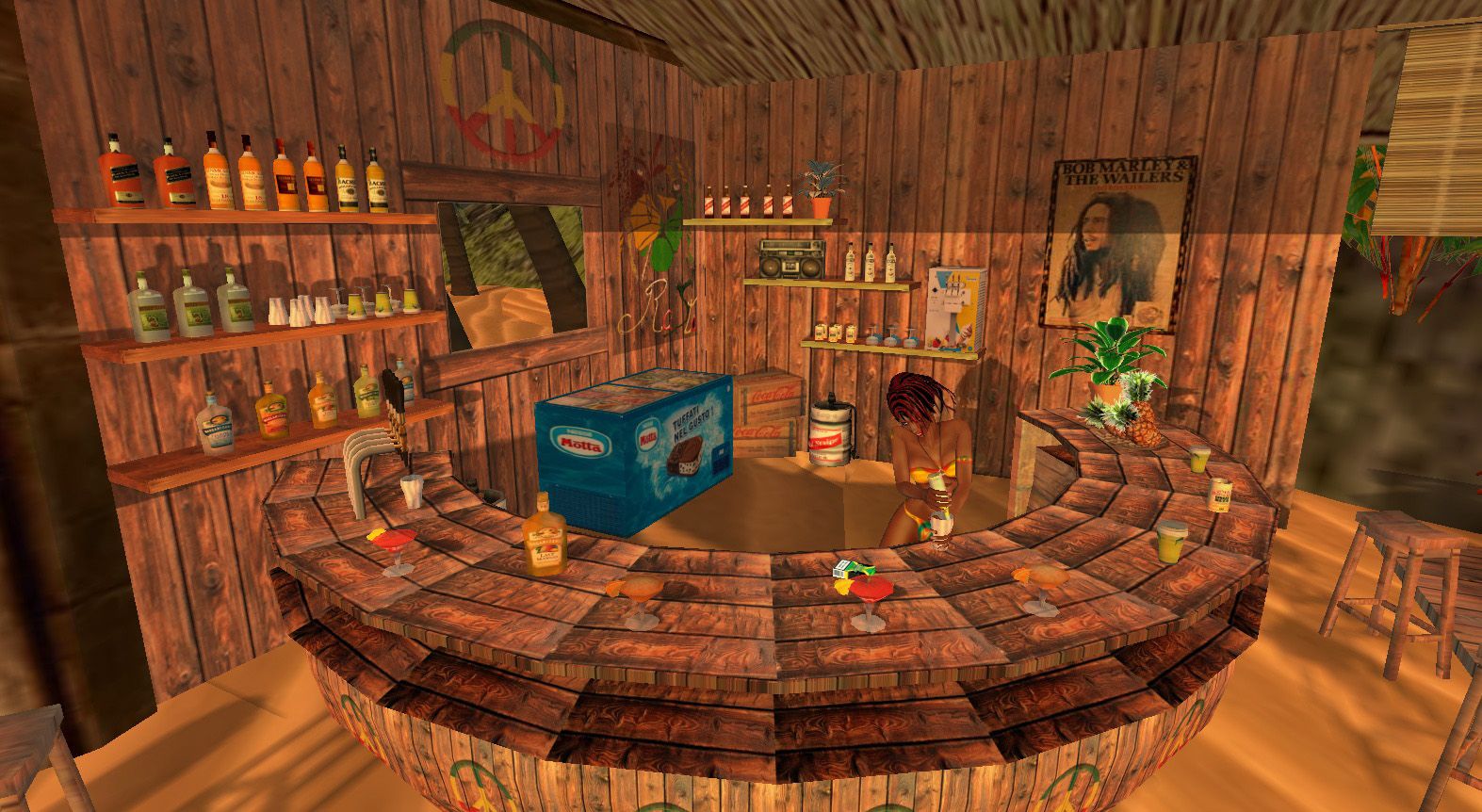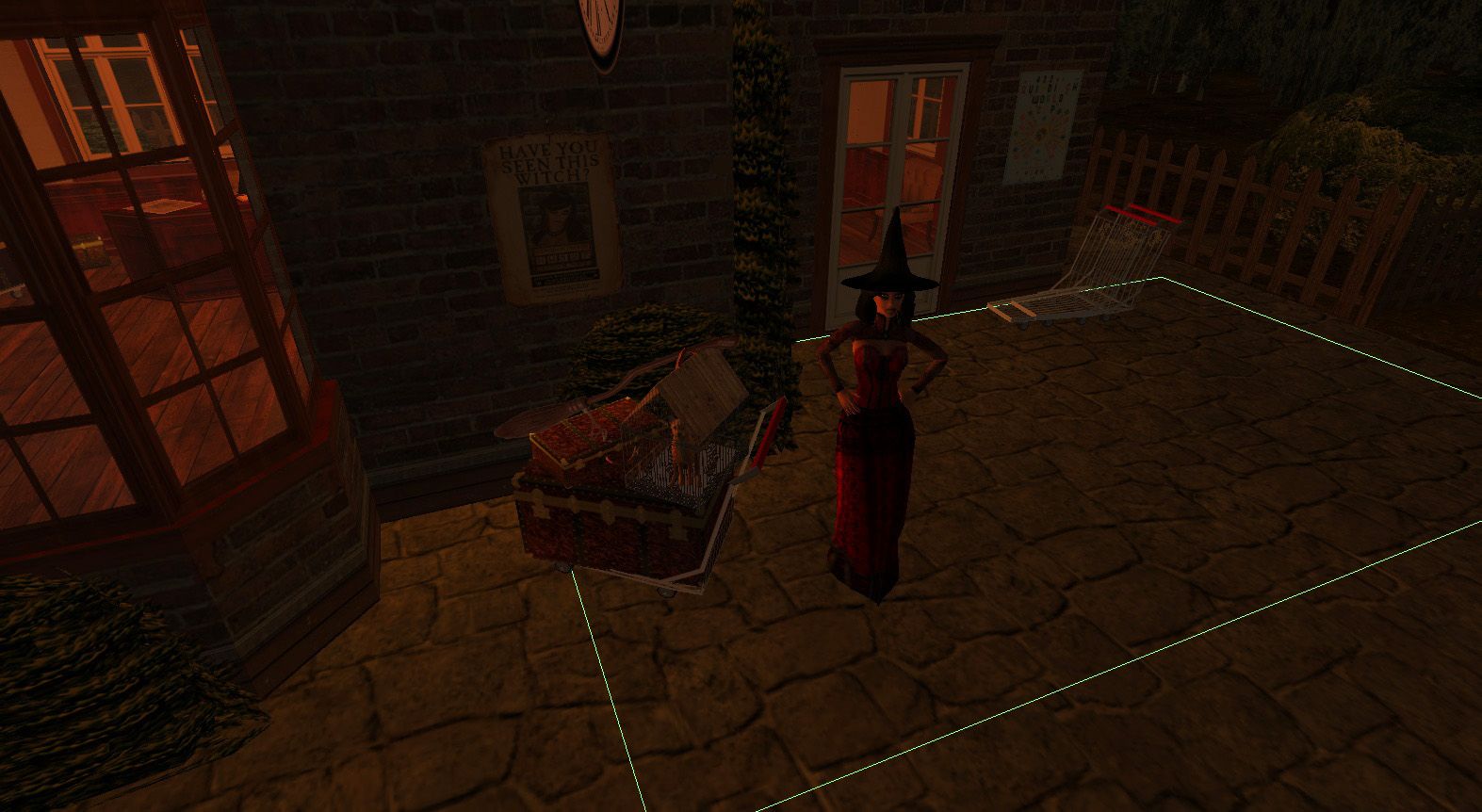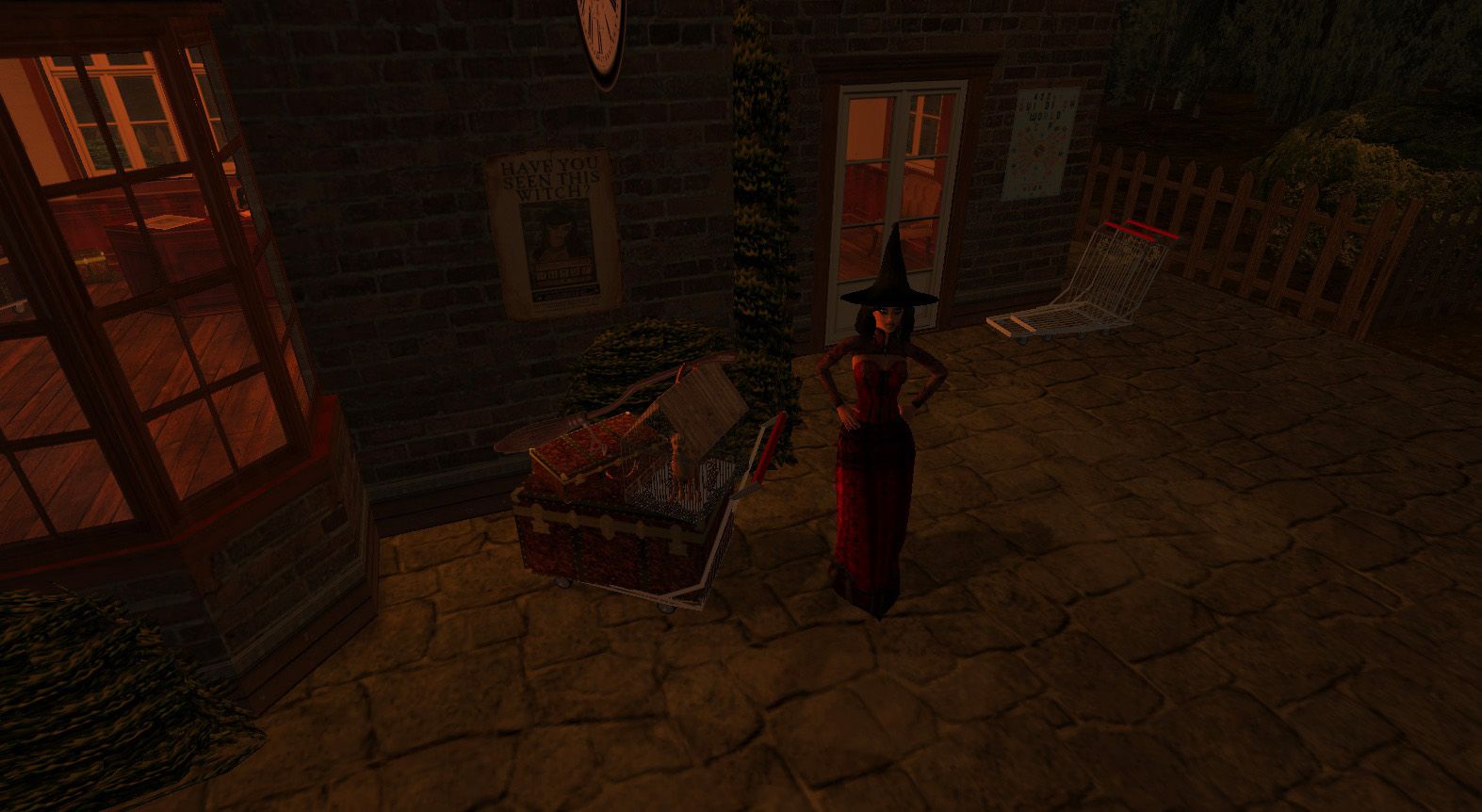Step 1:
Create a new file in PS (512 x 512 px, RGB color, 8 bit) and fill it with a blue color you prefer (I choose # 282b3a). Set the Backround color to white.
Step 2:
Next go to Filter – Sketch – Halftone Pattern. Set the size to 1, Contrast to 10 and Pattern Type Dot – OK:
Now the canvas should look like this:
Step 3:
Click Filter – Stylize – Diffuse and check Darken Only – OK:
Step 4:
Well the result looks very grey now so we color the texture blue. Go to Image – Adjustments – Hue/Saturation (or simply Ctrl + U) and check Colorize. The texture should now turn blue (because we still have the foreground color set to blue) but for my taste a bit too saturated and a bit too bright so I set the Saturation to 24 and Lightness -34 – OK. You can play around with the rulers until you are fine with the result, just as you like it.
Now the plain jeans texture is finished. If you want to use this texture for further projects (which I assume) I recommend you to define the texture as pattern. That way you save work for creating this texture again and again from scratch. Just go to Edit – Define Pattern – OK.
Step 5:
To bring some irregularities to the texture and make it look more vivid, try following:
Create a new layer (Layer – New – Layer or just click the little box next to the trash can symbol in the Layers window) and fill it with the blue color we are already worked with. Make sure the Backround Color is set to white. Then go to Filter – Render – Fibers and set Variance 30, Strength 19 – OK :
Now click Filter – Blur – Motion Blur and set the Angle to 90° and Distance about 70 pixels – OK:
Set the Blending of this new layer to Soft Light and turn down the Opacity to 50%:
The texture should have vertical irregular soft stripes now.
Now we add some seams and stitches to our texture:
How to make seams/stitches?
Step 1:
Merge the 2 layers now by right-clicking one of them in the Layers window and select Merge Visible or by selecting both layers - right-click – Merge Layers. Now we have all merged down to one layer. Duplicate this layer (right-click the layer – Duplicate Layer), choose the Rectangular Marquee Tool (from your Tools Palette or just press M) and drag the selection to the left half of the duplicated texture. Press the Delete Button on your keyboard.
You won’t see any changes because the 2 layers have the same texture, just hide the bottom layer (click the eye next to the layer) and you will see what happened.
Step 2:
Go back to the upper layer, right-click it and select Blending Options. Set the values as the following pics show:
When you’re done click OK.
Step 3:
Create a new layer, select a white color and a soft brush and draw a straight vertical line top down. To get a straight line keep the shift key pressed while drawing. With the Move Tool drag the white line above the light seam and set the blending to Soft Light, 50% Opacity. Duplicate the layer and press Ctrl + I (or Image – Adjustments – Invert). This turns the white line to black. Now choose the Move Tool and press the right arrow key a few times until the result looks something like this:
Step 4:
Next we choose an orange color (# 9a5f19), click the Type Tool (or press T) and set following values (in the upper menu):
Click and drag a text field like shown below and write some hyphens:
Step 4:
Right-click the text layer and click Rasterize Type. Then go to Edit – Transform – Rotate 90° CW. Place the dashed line with the Move Tool like shown below. If the line is too short, just duplicate it and place the duplicate layer where there’s space left and merge the 2 layers to one layer (select both layers in the layers window, right-click – Merge Layers). You can also transform the line, make it bigger or smaller, wider of thinner (Ctrl + T or Edit – Free Transform) :
Step 5:
Make sure you work on the orange dashed line layer. Right-click the layer and select Blending Options. Set the values as shown on the following pics. When you’re done click OK:
Don’t forget to save your file from time to time! That’s what I often forget and then my PC crashes or PS crashes and all my work is gone.
Step 6:
Good. We almost finished our work. If you have a closer look at RL jeans you will see that most of them use double-stitched seams or a mixture of a simple stitched seams with double- stitched seams. So let’s try a double-stitched seam, it’s no big deal.
Just duplicate following layers: the orange hyphen layer and the white and black line layers. Move the hyphen layer a bit to the right first. Make sure the orange hyphen layer is above the other layers in the layers window. Then move the shadow (black line) and place it directly under the hyphens. Then move the highlight (white line) and place it next to the shadow on the right. let me show you what it should look like:
Now we have a double-stitched seam. But one important detail is still missing. It’s wrinkles between the 2 seams. There’s quite an easy and funny way how to do that:
Step 7:
Create a new layer and choose a white color and a soft brush. Draw a quick and irregular zigzag and don’t care about what it looks like for the moment:
By using the Rectangular Marquee Tool + Delete Button we delete the left and right ends of the zigzag. We leave the area between the 2 orange seams over. It should look like this:
Set the Blending of this layer to Soft Light (turn down the Opacity as you prefer), duplicate the layer, press Ctrl + I, click the Move Tool and drag the dark wrinkles now a bit down (using the down arrow key).This is the result:
Step 8:
In my opinion the texture looks a bit pale, so we add a bit contrast to it (Image – Adjustments – Brightness/Contrast) :
Now we have a very clean jeans texture which is actually finished but I prefer a more used and grungy look.
I suggest you now to save this file again so you don’t lose the result.
Step 9:
We merge all layers (Merge Visible), create a new layer, set foreground color to orange and background color to white and go to Filter – Render – Clouds.
Now we set the Blending to Multiply, Opacity - whatever you prefer:
and here we are:
To get a more grungy look there are really a lot of different ways. Use grunge and splatter brushes, make overlays with grunge textures, play with different colors…whatever you like.
